A-Line Skirts
-
Plus Size Button-front Faux Suede Aline Midi Skirt
Regular price £48.00 GBPRegular priceUnit price / per£96.00 GBPSale price £48.00 GBPSale -
Asymmetrical Hem A-Line Skirt
Regular price £36.00 GBPRegular priceUnit price / per£71.00 GBPSale price £36.00 GBPSale -
 Sale
SaleA-Line Midi Skirt
Regular price £49.00 GBPRegular priceUnit price / per£97.00 GBPSale price £49.00 GBPSale -
Leather A-Line Midi Skirt
Regular price £39.00 GBPRegular priceUnit price / per£77.00 GBPSale price £39.00 GBPSale -
Floral Print A-Line Midi Skirt
Regular price £20.00 GBPRegular priceUnit price / per£40.00 GBPSale price £20.00 GBPSale -
Mid-length lace skirt velvet swing A-line skirt
Regular price £47.00 GBPRegular priceUnit price / per£94.00 GBPSale price £47.00 GBPSale -
SO ME A Line Knitted Sweater Midi Length Skirt
Regular price £56.00 GBPRegular priceUnit price / per£112.00 GBPSale price £56.00 GBPSale -
Umgee Linen Blend 5 Pockets High Low Skirt With Frayed Hem
Regular price £22.00 GBPRegular priceUnit price / per£44.00 GBPSale price £22.00 GBPSale -
Umgee Linen Blend 5 Pockets High Low Skirt With Frayed Hem
Regular price £22.00 GBPRegular priceUnit price / per£44.00 GBPSale price £22.00 GBPSale -
Umgee Linen Blend Button Down Skirt With Pockets
Regular price £25.00 GBPRegular priceUnit price / per£49.00 GBPSale price £25.00 GBPSale -
Umgee Linen Blend Button Down Skirt With Pockets
Regular price £25.00 GBPRegular priceUnit price / per£49.00 GBPSale price £25.00 GBPSale -
Cotton and Linen Vest Skirt Set
Regular price £64.00 GBPRegular priceUnit price / per£127.00 GBPSale price £64.00 GBPSale -
High Waist A-Line Maxi Skirt
Regular price £54.00 GBPRegular priceUnit price / per£108.00 GBPSale price £54.00 GBPSale -
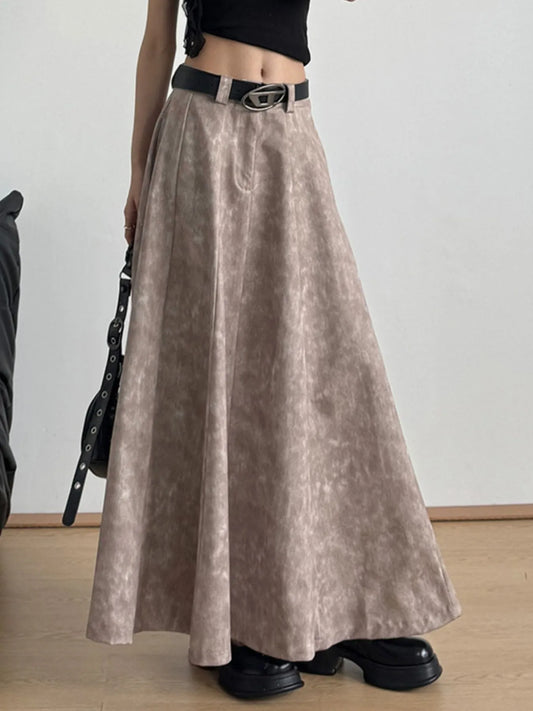 Sale
SaleA-Line Maxi Skirt
Regular price £81.00 GBPRegular priceUnit price / per£162.00 GBPSale price £81.00 GBPSale -
Pleated Linen Maxi Skirt
Regular price £45.00 GBPRegular priceUnit price / per£90.00 GBPSale price £45.00 GBPSale -
Smoke Gray 2 Pieces Mineral Wash Cotton Tank Top Lined Split Skirt Set
Regular price £62.00 GBPRegular priceUnit price / per£124.00 GBPSale price £62.00 GBPSale -
New Mid-Length Umbrella Skirt Polka Dot Skirt Elastic Retro Elegant A-Line Skirt
Regular price £36.00 GBPRegular priceUnit price / per£71.00 GBPSale price £36.00 GBPSale -
Elegant high waist lace A-line skirt
Regular price £44.00 GBPRegular priceUnit price / per£88.00 GBPSale price £44.00 GBPSale -
Phalaenopsis 2 Pieces Mineral Wash Cotton Tank Top Lined Split Skirt Set
Regular price £62.00 GBPRegular priceUnit price / per£124.00 GBPSale price £62.00 GBPSale -
Myosotis 2 Pieces Mineral Wash Cotton Tank Top Lined Split Skirt Set
Regular price £62.00 GBPRegular priceUnit price / per£124.00 GBPSale price £62.00 GBPSale -
And The Why A-line Flowing Elastic Back Midi Skirt
Regular price £57.00 GBPRegular priceUnit price / per£114.00 GBPSale price £57.00 GBPSale -
Mint Green 2 Pieces Mineral Wash Cotton Tank Top Lined Split Skirt Set
Regular price £62.00 GBPRegular priceUnit price / per£124.00 GBPSale price £62.00 GBPSale -
Lace patchwork skirt casual seaside holiday A-line long skirt
Regular price £47.00 GBPRegular priceUnit price / per£94.00 GBPSale price £47.00 GBPSale -
Light Pink 2 Pieces Mineral Wash Cotton Tank Top Lined Split Skirt Set
Regular price £62.00 GBPRegular priceUnit price / per£124.00 GBPSale price £62.00 GBPSale
Collection: A-Line Skirts
The A-Line Mini Skirt: A Cultural and Fashion Evolution
In the ever-evolving fashion world, few garments have stood the test of time and trends as steadfastly as the A-line mini skirt. Its journey from a bold fashion statement to an iconic wardrobe staple encapsulates a fascinating intersection of culture, feminism, and innovation in textile technology.
The Birth of a Revolution
The A-line mini skirt first emerged in the 1960s, a decade marked by social upheaval and a fervent push against the status quo. Its creation is often attributed to Mary Quant, a British fashion designer whose London boutique became the epicenter of the "Swinging Sixties." The mini skirt's daring length, several inches above the knee, was not just a fashion choice but a symbol of rebellion and liberation. It challenged the conservative dress norms of the previous decades and became a banner for the burgeoning youth culture and feminist movements.
Material Innovations and Mass Appeal
The rise of the mini skirt was facilitated not only by changing social norms but also by technological advancements in the textile industry. The 1960s saw the widespread adoption of synthetic fabrics like polyester, which were cheaper and more versatile than natural fibers. These materials allowed for easier mass production of the mini skirt, making it accessible to a broader audience. The A-line cut, characterized by its flared silhouette, added a practical element to the design, making it comfortable and suitable for everyday wear.
The Mini Skirt in Pop Culture
The mini skirt quickly permeated popular culture. Icons like Twiggy and Jean Shrimpton popularized the garment, flaunting it in magazines and on television, cementing its status as a fashion must-have. The A-line mini skirt also found its way into the world of cinema and music, worn by trendsetting actresses and singers, further embedding itself into the collective consciousness of the era.
The Evolution Through Decades
As the 1970s and 1980s rolled in, the mini skirt saw transformations in line with the changing fashion landscapes. It adopted new materials like denim and leather, aligning with the punk and grunge movements of the respective decades. The 1990s brought a resurgence of the mini skirt, often paired with another iconic item of the era: the platform shoe.
The Modern Era and Sustainable Fashion
Today, the A-line mini skirt continues to be a fashion staple, with designers constantly reimagining it in new fabrics and prints. However, the modern fashion industry faces a new challenge: sustainability. As environmental concerns grow, there's an increasing demand for eco-friendly materials and ethical manufacturing practices. In its latest iterations, the mini skirt is no exception, with designers exploring organic fabrics and recycled materials to reduce the garment's environmental footprint.
Technology's Role in Personalized Fashion
Another fascinating development is the integration of technology in fashion design. Digital fabrication techniques, such as 3D printing, open new avenues for personalized fashion, allowing customized fits and designs. This technological leap forward could herald a new era for the mini skirt, transforming it from a mass-produced item into a personalized fashion statement.
The A-Line Mini Skirt: A Symbol of Empowerment
Beyond its aesthetic appeal, the A-line mini skirt symbolizes empowerment and freedom. It stands as a testament to the strides made in women's rights and continues to be embraced by new generations who find their own meanings and values in its simple yet bold silhouette.
Conclusion
The A-line mini skirt's journey from a controversial fashion statement to a celebrated icon is a narrative intertwined with cultural shifts, technological advancements, and evolving societal norms. Its enduring appeal lies not just in its style but in what it represents — a continuous challenge to conventions and a celebration of individuality.
Key Points:
1. Cultural Significance: The A-line mini skirt emerged as a symbol of rebellion and liberation in the 1960s, challenging traditional dress codes and reflecting the era's social changes.
2. Technological Impact: Advances in textile technology and the adoption of synthetic fabrics in the 1960s played a crucial role in popularizing the mini skirt, making it accessible and adaptable to different styles.
3. Ongoing Evolution: The mini skirt continues to evolve, adapting to modern fashion trends and challenges, including sustainability and personalized fashion through technological advancements.





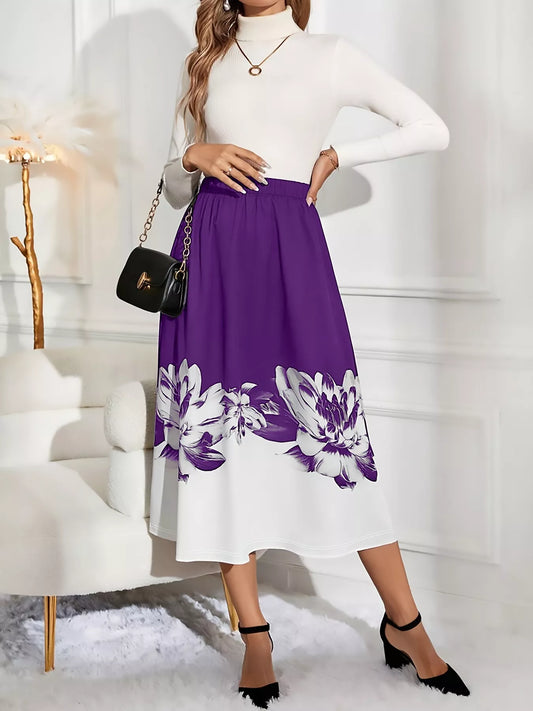
![Mid-length lace skirt velvet swing A-line skirt-[Adult]-[Female]-Brown-S-2022 Online Blue Zone Planet](http://bluezoneplanet.com/cdn/shop/files/image_2FFSZW30829_2FFSZW30829_BR_L_NUB_2F9403a67fc4180e6096681f76547017fe.jpg?v=1759177538&width=533)
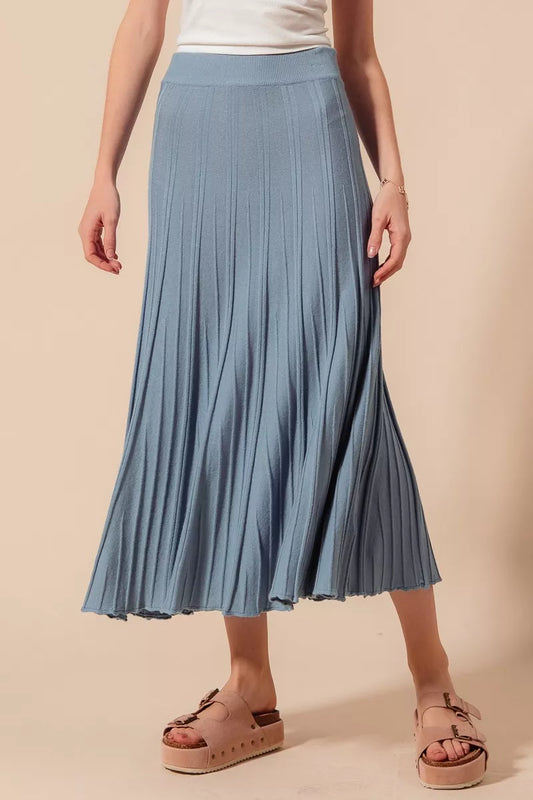
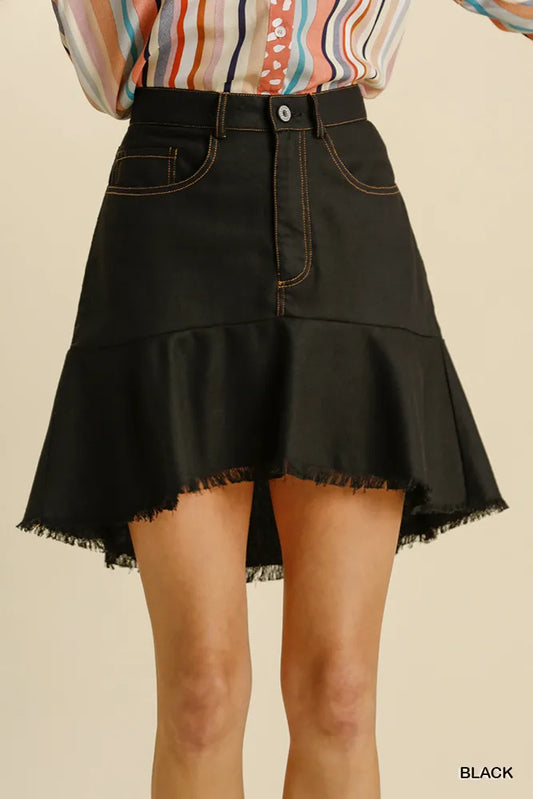
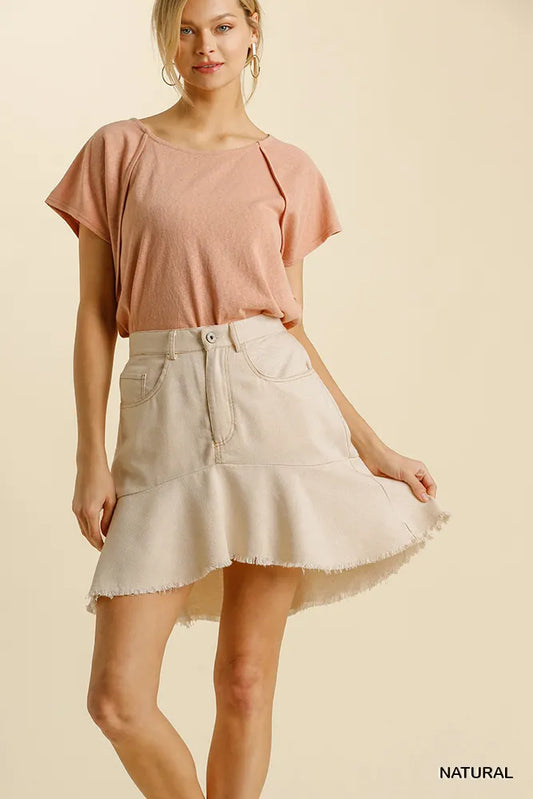
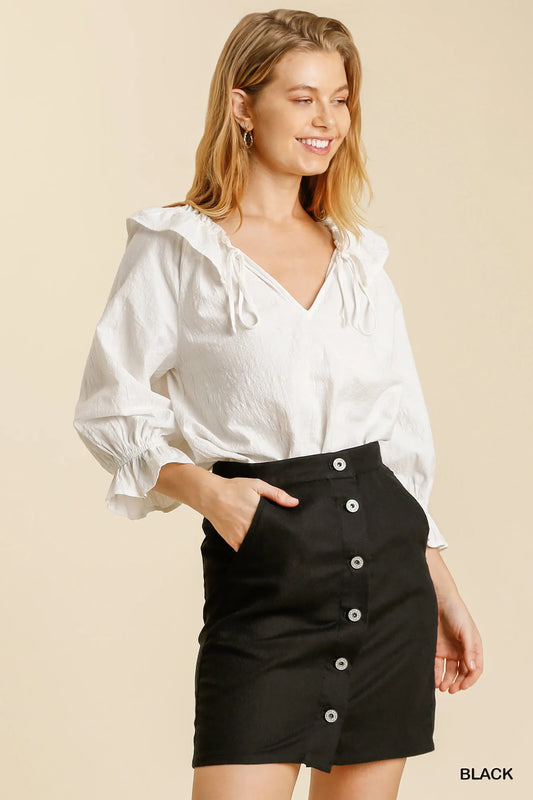
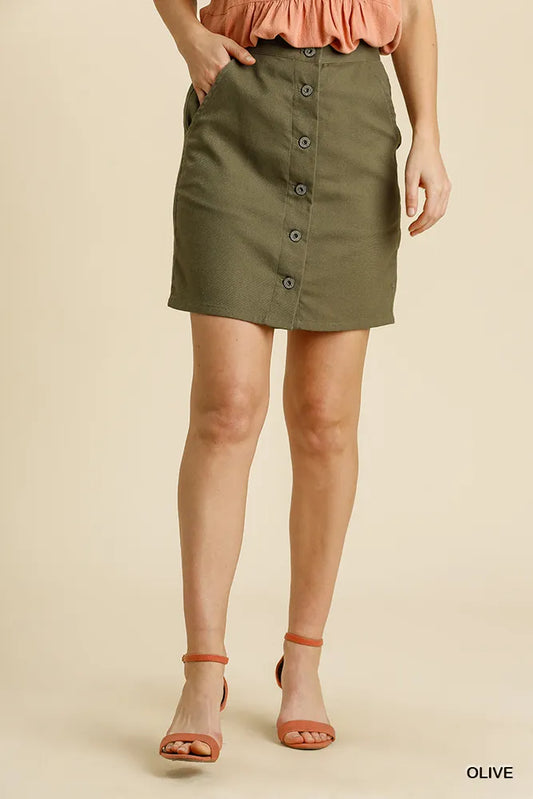
![Cotton and Linen Vest Skirt Set-[Adult]-[Female]-White-S-2022 Online Blue Zone Planet](http://bluezoneplanet.com/cdn/shop/files/image_2FFSZW29601_2FFSZW29601_WHE_S_NUB_2F7e6cbf0ca9b0ebb3ffec0aedf8baacb6.jpg?v=1751164705&width=533)
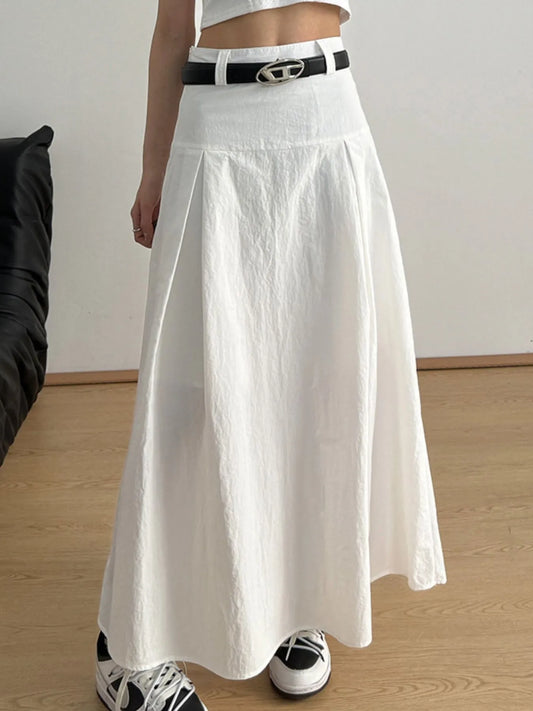

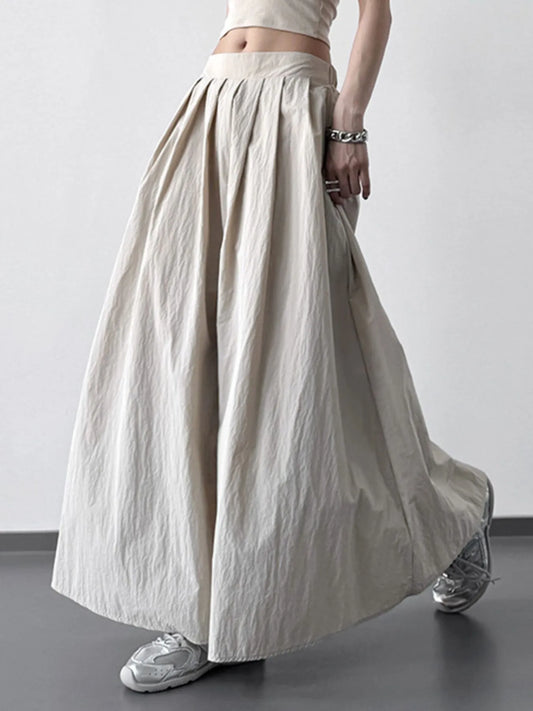
![Smoke Gray 2 Pieces Mineral Wash Cotton Tank Top Lined Split Skirt Set-Two Piece Sets/Two Piece Dresses-[Adult]-[Female]-Smoke Gray-S-2022 Online Blue Zone Planet](http://bluezoneplanet.com/cdn/shop/files/54cfc2e1addd3425.jpg?v=1748346298&width=533)
![New mid-length umbrella skirt polka dot skirt elastic retro elegant A-line skirt-[Adult]-[Female]-Cracker khaki-S-2022 Online Blue Zone Planet](http://bluezoneplanet.com/cdn/shop/files/image_2FFSZW29272_2FFSZW29272_A_S_NUB_2Fdc045faf70b565728cd2d6c41718c619.jpg?v=1748122531&width=533)
![Elegant high waist lace A-line skirt-[Adult]-[Female]-White-S-2022 Online Blue Zone Planet](http://bluezoneplanet.com/cdn/shop/files/image_2FFSZW29252_2FFSZW29252_WHE_S_NUB_2F524a7d77bba8ac16d730e880751c1c05.jpg?v=1748025404&width=533)
![Phalaenopsis 2 Pieces Mineral Wash Cotton Tank Top Lined Split Skirt Set-Two Piece Sets/Two Piece Dresses-[Adult]-[Female]-2022 Online Blue Zone Planet](http://bluezoneplanet.com/cdn/shop/files/d2f60d10fc8f0a8f.jpg?v=1747730736&width=533)
![Myosotis 2 Pieces Mineral Wash Cotton Tank Top Lined Split Skirt Set-Two Piece Sets/Two Piece Dresses-[Adult]-[Female]-2022 Online Blue Zone Planet](http://bluezoneplanet.com/cdn/shop/files/b949d67f0c5d13e9.jpg?v=1747130981&width=533)
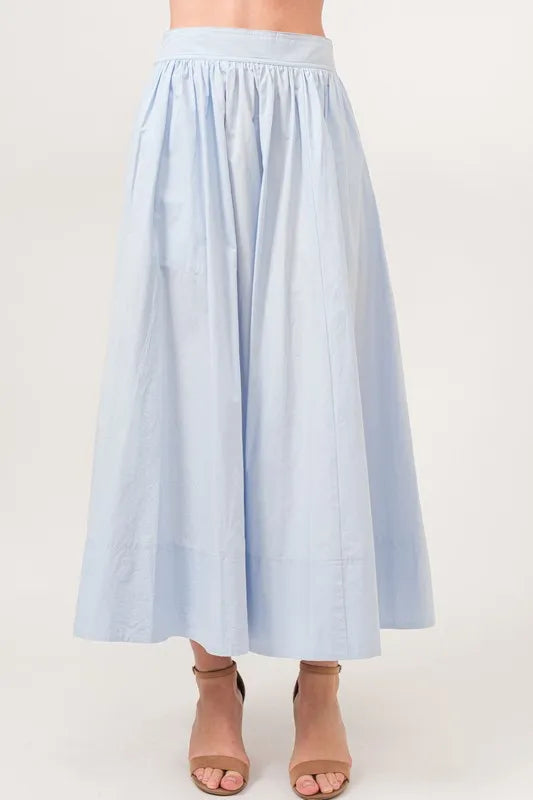
![Mint Green 2 Pieces Mineral Wash Cotton Tank Top Lined Split Skirt Set-Two Piece Sets/Two Piece Dresses-[Adult]-[Female]-2022 Online Blue Zone Planet](http://bluezoneplanet.com/cdn/shop/files/e1bb0df02d0f8090.jpg?v=1747731549&width=533)
![Lace patchwork skirt casual seaside holiday A-line long skirt-[Adult]-[Female]-White-S-2022 Online Blue Zone Planet](http://bluezoneplanet.com/cdn/shop/files/image_2FFSZW28919_2FFSZW28919_WHE_M_NUB_2F68f405a883c427868434d6ba1540b09c.jpg?v=1744642969&width=533)
![Light Pink 2 Pieces Mineral Wash Cotton Tank Top Lined Split Skirt Set-Two Piece Sets/Two Piece Dresses-[Adult]-[Female]-2022 Online Blue Zone Planet](http://bluezoneplanet.com/cdn/shop/files/30aa04b0fa15d8f7.jpg?v=1750752473&width=533)